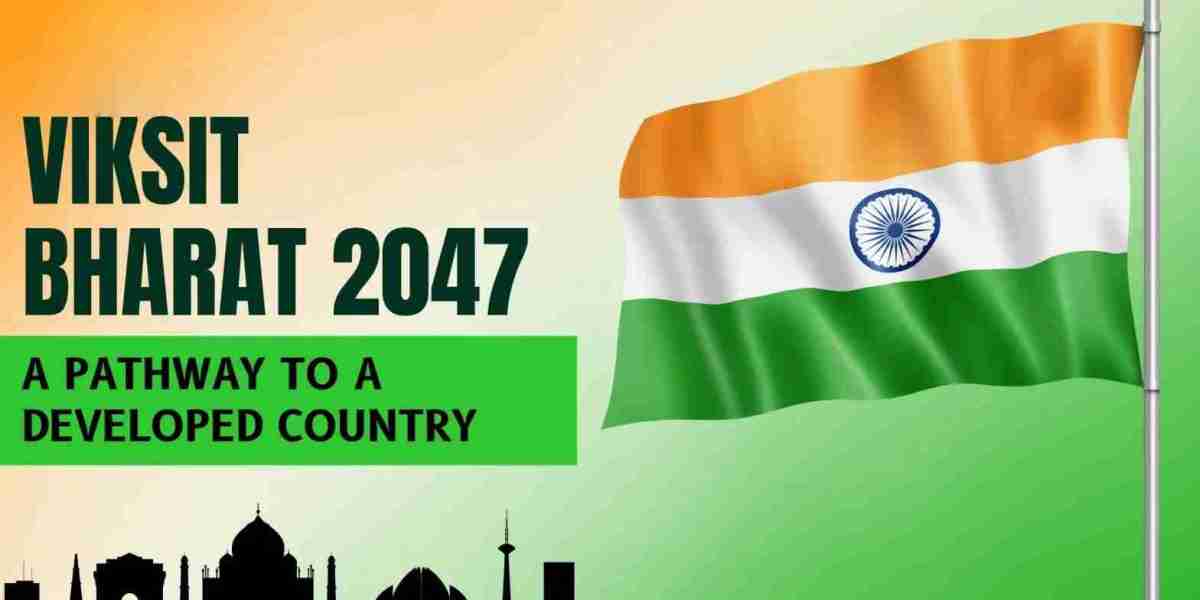India stands at a pivotal moment in its developmental journey. As it approaches its 100th year of independence in 2047, the vision of Viksit Bharat @ 2047 has emerged as a national goal—to transform India into a fully developed, inclusive, and sustainable economy. This ambitious vision is not just about high GDP growth; it encompasses holistic development across sectors, bridging social inequalities, fostering innovation, and ensuring environmental sustainability. The initiative is not a mere slogan, but a long-term strategic blueprint to elevate India onto the global stage as a leading power.
Key Pillars of Viksit Bharat @ 2047
The Viksit Bharat @ 2047 vision is grounded in four key pillars: economic prosperity, social inclusion, environmental sustainability, and good governance. Each of these pillars reflects India's unique challenges and aspirations. Economic prosperity involves accelerating growth by investing in infrastructure, manufacturing, and digital innovation. At the same time, it focuses on boosting entrepreneurship, creating jobs, and ensuring fair income distribution.
Social inclusion addresses India’s vast social and demographic diversity. By investing in education, healthcare, skilling, and social protection, the aim is to empower every citizen, especially women, youth, and marginalised communities. Environmental sustainability is central to the agenda, given the rising threats of climate change. India plans to lead global efforts in renewable energy, sustainable agriculture, and circular economy models.
Good governance ties all these efforts together, ensuring transparency, accountability, and citizen-centric delivery of services. The success of Viksit Bharat @ 2047 will depend on how effectively governments—at both central and state levels—can work together and with private stakeholders to implement reforms, remove bottlenecks, and streamline execution.
Challenges and Strategic Priorities
While the roadmap is promising, the journey towards Viksit Bharat @ 2047 will be complex. India must overcome structural challenges such as income inequality, skill gaps, underemployment, and regional disparities. The country also faces the task of upgrading its health and education systems, which remain uneven in terms of access and quality. At the same time, the government must manage the rising aspirations of a young population and ensure that the demographic dividend is fully harnessed.
Strategically, India needs to focus on long-term investment in infrastructure, digital technology, and innovation. Strengthening institutions, promoting research and development, and encouraging public-private partnerships will be essential. Policymakers also need to ensure that reforms in areas like land, labour, and taxation are carried out with sensitivity and in consultation with all stakeholders.
Internationally, India must strengthen its global partnerships to attract investment, transfer technology, and shape global governance norms. Its leadership in forums like the G20 and initiatives like the International Solar Alliance demonstrate India’s commitment to responsible global leadership.
Conclusion
The vision of Viksit Bharat @ 2047 is both a challenge and an opportunity. It reflects a bold aspiration to transform India into a developed nation within a generation. Achieving this will require united effort—from government, private sector, civil society, and citizens. For deeper insights and ongoing analysis on this transformative vision, visit the original resource here.



